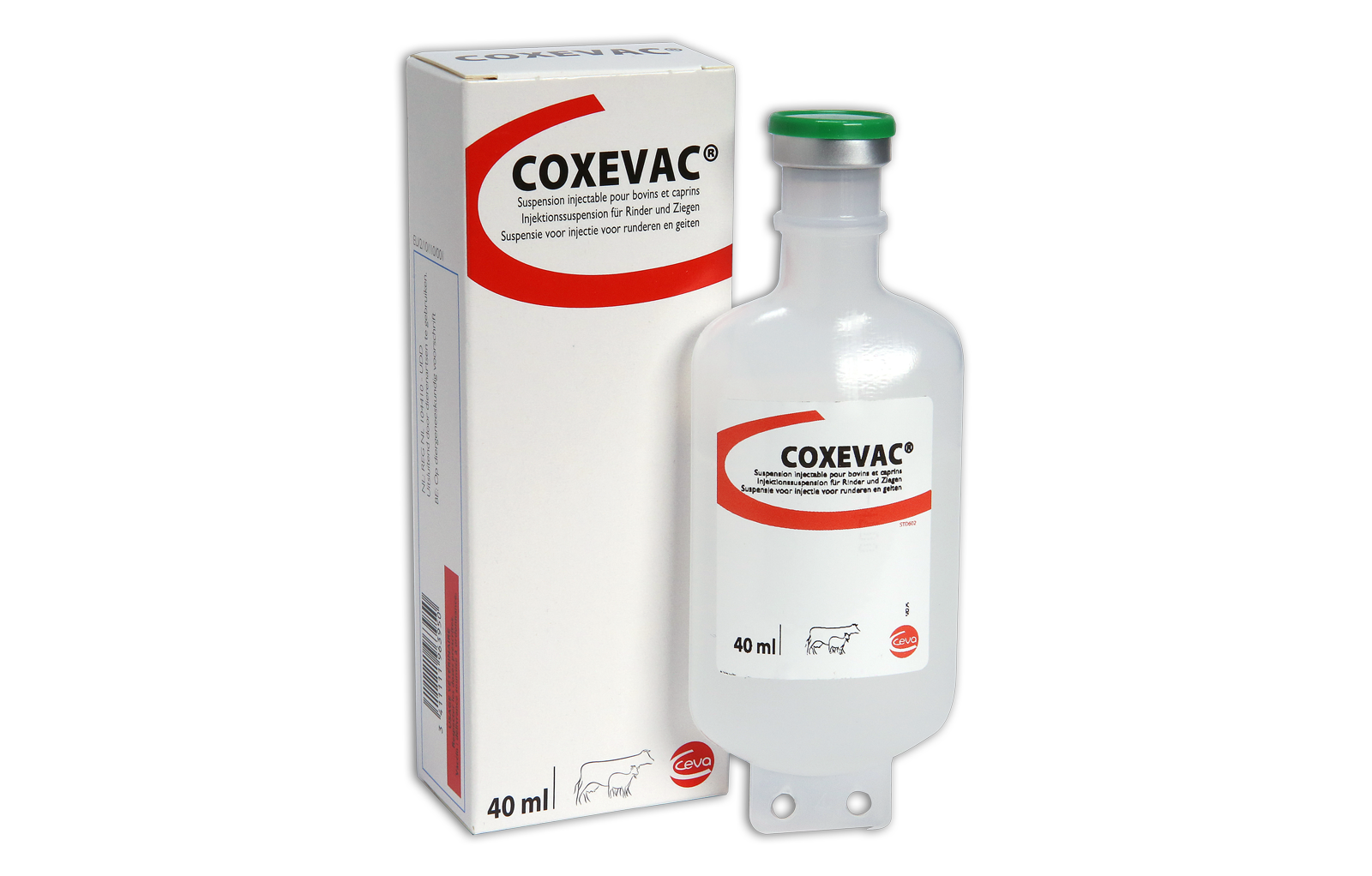Poster
Prevalences and effects on reproduction of Coxiella burnetii infection in dairy cattle farms in Galicia
Authors
U.Yañez, J. Álvarez, C. Pison, A. Acción, R. Barrionuevo, J.J Becerra, A. Jiménez, P. Gisbert, D Remmy, P.G Herradón, A.I Peña, J.M Cao, A. Prieto, L A. Quintela
Publication information
European Buiatrics Congress 2025
Objectives
Coxiella burnetii is the etiological agent of coxiellosis in animals and Q Fever in humans. It is a highly infectious pathogen with high environmental resistance (Trachsel et al., 2023). In cattle, coxiellosis is often asymptomatic, but a possible relationship with various reproductive problems has been suggested (Yáñez et al., 2024). Dairy cattle in Galicia (Northwest of Spain) represents the 40% of the dairy cows in Spain (Agricultura & ALIMENTACIÓN Edita, n.d.). However, there is limited coxiellosis epidemiological data in this region (Yáñez et al., 2024). Therefore, the aim of this study was to determine the prevalence of C. burnetii and its effects on reproductive parameters in dairy cattle farms in Lugo and A Coruña.
Materials and Methods
36 bulk tank milk samples (BTMS) were collected and analyzed using real time quantitative polymerase chain reaction (qPCR). Furthermore, reproductive data from the past six months for each farm were obtained to study their relationship with the presence of C. burnetii. All the BTMS were collected in 50 ml sterile Falcon and were refrigerated (4-8 ºC) after the collection at the farm. DNA extraction was made with the commercial kit High Pure PCR Template Preparation Kit” (Roche® Mannheim, Alemania). qPCR was performed using the commercial kit EXOone Coxiella burnetii – oneMIX qPCR kit 100 tests” (Exopol S.L., Zaragoza, España) for gene IS1111 detection.
Results
52.3% of farms showed active shedding of the bacterium, with high prevalences in both provinces (Lugo = 53.9% and A Coruña = 71.4%). In contrast, other studies found either lower (Algeria, 26.6%, Agag et al., 2024) or higher (Lombardy, Italy, 60.0%, Vicari et al., 2013) shedding in BTMS. But, our results showed similar prevalence in these provinces than other regions of Spain, as Basque Country (51.7%) (Astobiza et al., 2012). Regarding reproductive parameters, the abortion rate and the incidence of endometritis were significantly higher (p-value < 0.05) in farms highly positive for C. burnetii (Ct < 32). The abortion rate was also higher in these farms than in negative ones (5.0% vs 3.0%) as found in 77.0% of the articles analysed in a systematic review (Gisbert et al., 2024). The percentage of positive farms was higher in those with endometritis (35.0% vs 29.0%). This finding aligns with a 2024 study showing higher endometritis in eropositive farms compared to seronegative ones (Yáñez et al., 2024).
Conclusions
This study confirms the high exposure and presence of C. burnetii in Galician cattle farms and suggests the possibility of its involvement in reproductive disorders in farms with specific epidemiological profiles. Finally, it is important to consider that the high presence of C. burnetii in dairy farms could pose a risk to public health.
Publication file:




